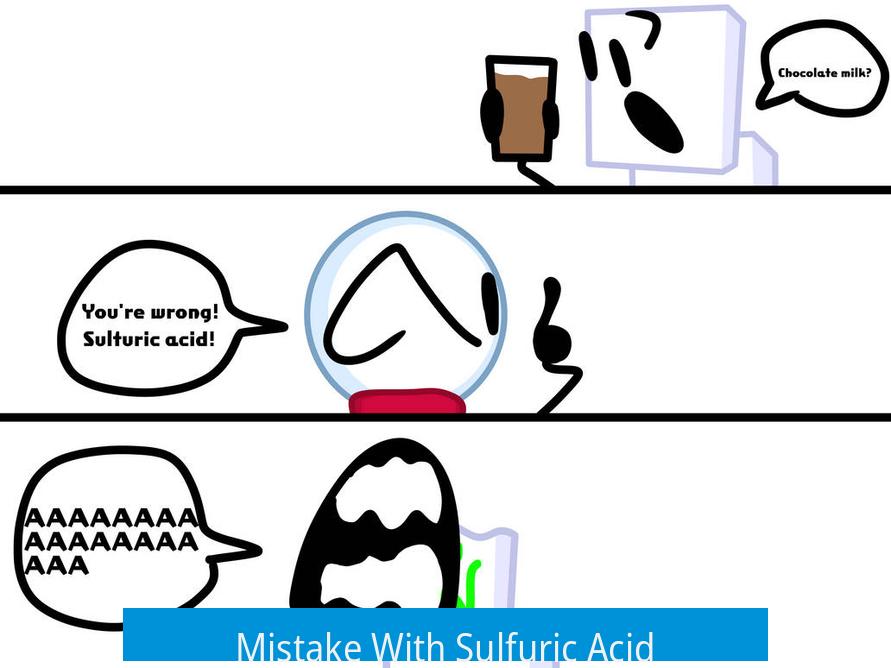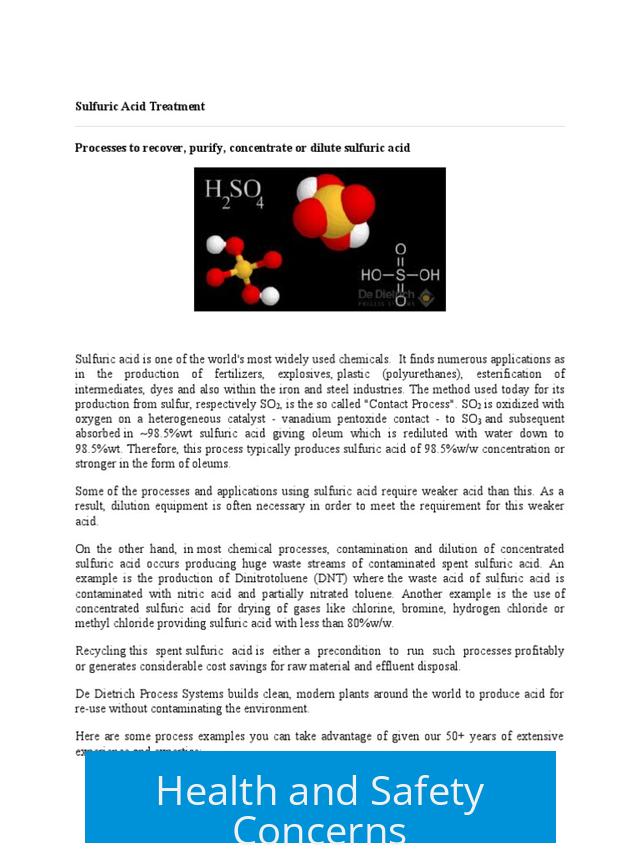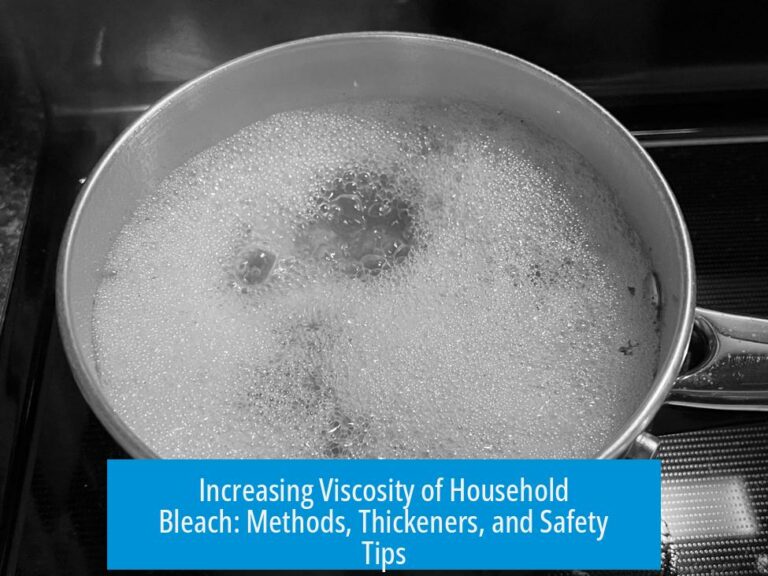Mistake With Sulfuric Acid
 Using sulfuric acid as a drain cleaner is a serious mistake due to its hazardous chemical reactions, health risks, and potential damage to plumbing. This article explains what happens when sulfuric acid is used improperly and offers safer alternatives.
Using sulfuric acid as a drain cleaner is a serious mistake due to its hazardous chemical reactions, health risks, and potential damage to plumbing. This article explains what happens when sulfuric acid is used improperly and offers safer alternatives.
Chemical Reactions in the Drain
Sulfuric acid reacts violently with substances commonly found in drains. Hair, for example, chars and produces black smoke, mimicking a burning effect. The acid generates intense heat, causing bubbling and the release of hot steam.
This steam carries tiny acid aerosol droplets that irritate mucous membranes. At low concentrations, these droplets cause discomfort but can be harmful with direct exposure.
Odor Generation: The Rotten Egg Smell
The foul sulfur odor is due to hydrogen sulfide gas produced by anaerobic bacteria living in the pipe. These bacteria feed on organic matter such as soap residue, hair, and oils.
The acid kills these bacteria, releasing hydrogen sulfide gas upward. Normally, pipe design prevents this smell from reaching rooms. However, acid-induced steam movement pushes the odors out.
Health and Safety Concerns

- Exposure to aerosolized sulfuric acid can irritate eyes, throat, and respiratory tract.
- N95 masks do not filter acid vapors effectively. Use respirators with carbon filters for protection.
- If no lingering symptoms appear, serious damage is unlikely, but caution is essential.
Legal and Structural Risks
Many municipalities prohibit discharging substances outside a safe pH range (4-10) into drains to avoid pipe corrosion. Sulfuric acid’s strong acidity corrodes metal and plastic pipes, risking leaks and costly structural damage such as sewage backing into homes.
Aftercare and Neutralization
Remaining acid typically neutralizes by reacting with water or surfaces, requiring no special treatment. However, bacterial recolonization can cause unpleasant odors for up to a week.
Beneficial microbial products exist to speed up recolonization and reduce smells.
Recommendations and Best Practices
- Use alkaline drain cleaners such as lye-based products or commercial solutions like Drano.
- Follow product instructions carefully—pour slowly and allow time to work safely.
- Consider using neutralizing agents post-cleaning to ensure safety.
- Avoid acids for routine drain maintenance.
Key Takeaways
- Sulfuric acid reacts dangerously with drain materials and organic debris.
- The hot steam aerosol and hydrogen sulfide gas can cause irritation and foul odors.
- Pipes can suffer severe corrosion, illegal disposal risks structural damage.
- Proper protective gear must filter acid vapors, not just airborne particles.
- Alkaline cleaners are safer and more effective alternatives.
- Neutralization happens naturally; bacterial odors can persist temporarily.
What happens when sulfuric acid reacts with hair in drains?
Sulfuric acid causes hair to blacken and produce black smoke, resembling burning. It chemically breaks down the hair, creating heat and fumes.
Why does using sulfuric acid in drains produce a rotten egg smell?
The acid kills anaerobic bacteria in the pipes. These bacteria release hydrogen sulfide gas, which smells like rotten eggs. Hot steam from the reaction pushes the smell into the room.
Is an N95 mask effective against sulfuric acid vapors?
No. N95 masks do not filter acid vapors. A mask with a carbon filter is needed to protect lungs from sulfuric acid aerosols and harmful gases.
Can using sulfuric acid damage home plumbing?
Yes. Sulfuric acid can corrode pipes over time. This can cause leaks or breaks, leading to costly sewage damage under floors.
Do I need to neutralize sulfuric acid after using it in a drain?
No. The acid usually neutralizes itself by reacting with water in the air or surfaces. No further action is needed after use.
What safer alternatives exist for cleaning drains?
Use alkaline cleaners like Drano or lye instead of sulfuric acid. They are less corrosive and pose fewer health risks.





Leave a Comment